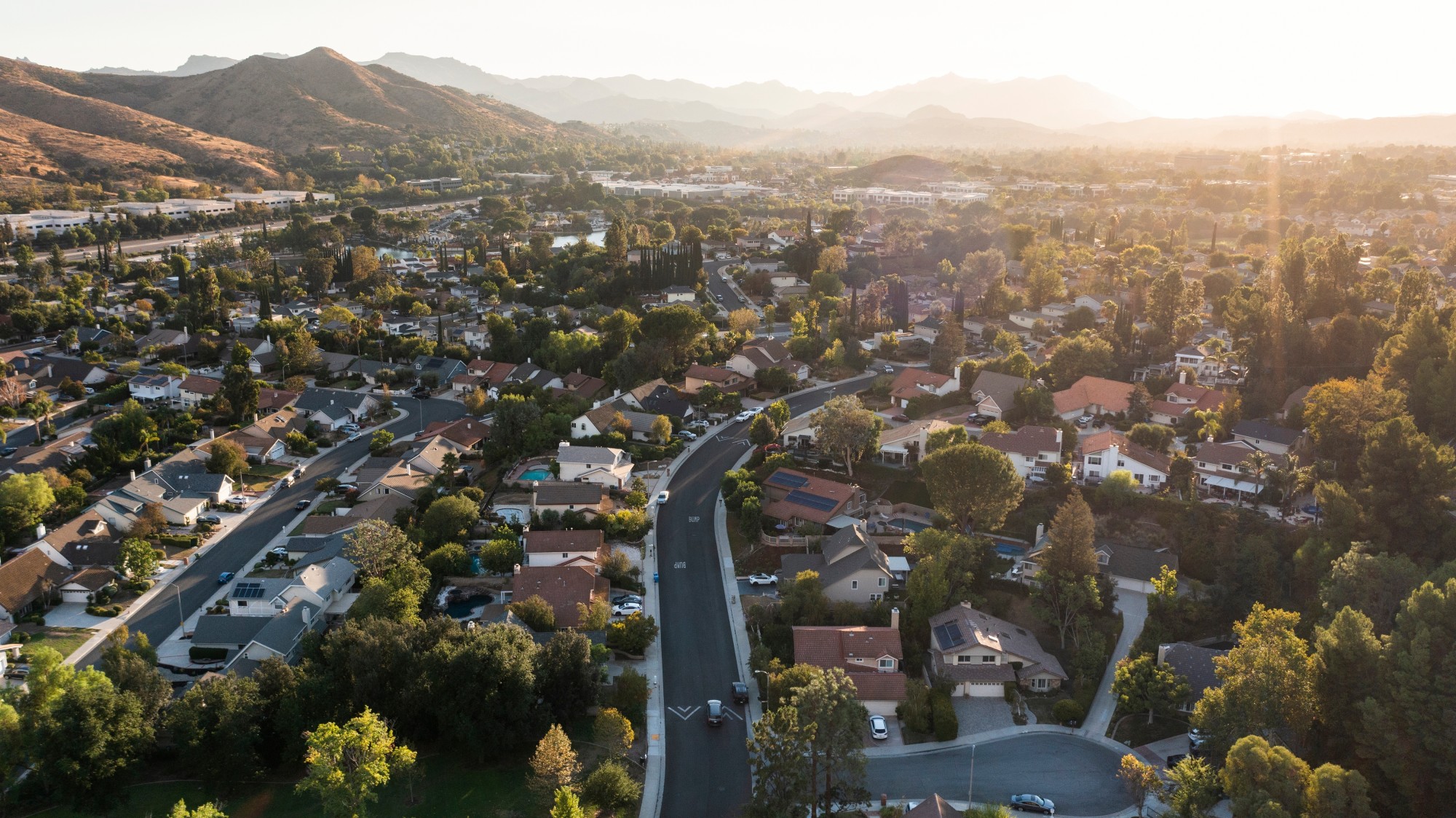Energy Efficiency, GHG Emissions, Sourcing Renewables - June 10, 2024 - By Noelle Walsh, Microsoft
Microsoft’s Datacenter Community Pledge
In the span of just one year, we’ve witnessed a remarkable acceleration in AI adoption, opening a new frontier of innovation, discovery and solutions. This surge in AI is not just about technological advancement; it’s about harnessing the potential to promote innovation, tackle some of societies’ largest challenges and change lives for the better. Microsoft’s role and responsibility as a leader in AI is reflected in the company’s commitment to ensure broad access to our technology that empowers organizations and individuals to serve the public good.
We build and operate a global network of advanced datacenters that enable this technology, and we recognize the crucial role that communities play in this ecosystem. We rely on a vast network of local suppliers, officials, stakeholders and residents to plan, design, construct and operate each of our facilities. To those communities, we owe a commitment to be responsible neighbors and contribute positively to local economies and ecosystems while advancing digital transformation. We recognize the importance of supporting communities, and our datacenters should be a resource that addresses local needs and priorities.
With that, I’m delighted to announce our Datacenter Community Pledge that builds upon the deep partnerships we have formed with communities around the world. This is our pledge that Microsoft’s datacenters will be not only the backbone of modern technology but also a force for good in the communities they serve.
The Datacenter Community Pledge focuses on three core areas:
Contributing to a sustainable future
We will design and operate our datacenters to support society’s climate goals and become carbon negative, water positive and zero waste before 2030.
Our sustainability work starts with taking accountability for our operational footprint. We remain unwavering in our commitment to achieve carbon negativity by 2030, and our datacenters play a pivotal role in this comprehensive decarbonization strategy.
By 2025, we will procure 100% renewable energy on a global scale, both significantly expanding and decarbonizing local electricity grids.
Our datacenter designs are more water efficient than traditional enterprise datacenters, and our plan by 2030 is to replenish more water than we consume locally.
Another critical aspect of our work is achieving zero waste. In 2020, we introduced the first of its kind Microsoft Circular Center in Amsterdam designed to reuse and repurpose servers and hardware in our datacenters. Since then, we’ve built more than 10 Circular Centers in key locations that help us divert waste from landfills, and our plan by 2030 is to achieve zero waste through a combination of waste reduction, reuse, recycling and composting.
This pledge minimizes our dependency on local resources and ensures that our operations contribute positively to the community.
Advancing community prosperity and well-being
We will deliver significant local, economic, social and environmental benefits to the communities where we operate.
Local people know their community better than anyone else, and that is why we partner with local stakeholders to ensure our datacenters provide support in the form of educational programs, grants and other initiatives aligned to local needs and priorities.
We partner with local governments, businesses, schools and nonprofits to create well-paid jobs and apprenticeship opportunities, and we provide essential digital skills training and STEM education for adults and children. Our goal is to empower community members with future-ready skills necessary for the digital age, ensuring they are prepared for the opportunities of tomorrow.
We invest in initiatives to enhance local sustainability. We restore sensitive watershed corridors and invest in projects to conserve trees, enhance native flora and protect ecological habitats, providing benefits to the surrounding ecosystems and honoring the natural beauty of the area.
Our datacenters generate public infrastructure improvements and tax revenue that serve as a catalyst for enhancing the quality of life in these areas. That translates into new and improved social services, such as parks where families can come together, better-equipped schools that empower children’s education and well-maintained roads and digital infrastructure that connect us all.
Operating responsibly as a good neighbor
We will partner closely with communities and operate in a way that respects the local environment.
In all we do, we strive to be a responsible neighbor. We listen, learn, build relationships and follow through on our commitments — guided by what is important locally. We will design our datacenters with the environment and communities in mind. From sustainable development practices and building materials to noise and light reduction measures, we will work with, and support, the environment and the communities where we are based.
We will collaborate with neighbors and communities throughout our development and operations, while partnering with nonprofits and suppliers who share our commitment to expand opportunities for all.
We approach this work to create positive change, uplift the communities where we operate and to make a significant contribution to the digital transformation. Through partnerships, we are crafting a future both at the forefront of technology and also deeply rooted in social responsibility and environmental sustainability.
Our investments serve not only the countries in which we operate but embody our pledge to be a good neighbor. When we build a datacenter in your community, we are here for all of us.
This column originally appeared as a blog on the Microsoft website.
 Noelle Walsh is Microsoft's Corporate Vice President, Cloud Operations and Innovation. She leads the team that builds and operates Microsoft’s digital infrastructure. Team responsibilities include every stage of the datacenter and edge lifecycle – including supply planning; land, energy and fiber acquisition; datacenter infrastructure sustainability; equipment procurement; design engineering; construction; critical environment; hardware engineering; operations; datacenter software engineering; safety, security and governance; and advanced research.
Noelle Walsh is Microsoft's Corporate Vice President, Cloud Operations and Innovation. She leads the team that builds and operates Microsoft’s digital infrastructure. Team responsibilities include every stage of the datacenter and edge lifecycle – including supply planning; land, energy and fiber acquisition; datacenter infrastructure sustainability; equipment procurement; design engineering; construction; critical environment; hardware engineering; operations; datacenter software engineering; safety, security and governance; and advanced research.
Share this valuable information with your colleagues using the buttons below:
« Back to ColumnsStay Up-To-Date












